
1) Represent repeated multiplication with exponents
A repeated multiplication can be represented into an exponent because the number of times you multiply is the number that represents the exponent and the number that you are repeatedly multiplying would be the base.
2) Describe how powers represent repeated multiplication
Powers are an expression made of a base and an exponent, the base is the number that is repeatedly multiplying and the number is the amount of times the number multiplies.
3) Demonstrate the difference between the exponent and the base by building models of a given power, such as and
.
The base is the number that is multiplying and the exponent is the number of times the base gets multiplies. You never multiply the exponent and base together.
4) Demonstarte the difference between two given powers in which the exponent and the base are interchanged by using repeated multiplication, such as and
Changing the exponent and the base’s role will give you a completely different answer.
5) Evaluate powers with integral bases (excluding base 0) and whole number exponents.
When doing exponents with negative bases we should remember that if the exponent is even the answer will be positive and if it’s odd then the answer is negative.
6) Explain the role of parentheses in powers by evaluating a given set of powers such as
The parenthesis determine if there is a coefficient or not. The parenthesis and where you put them will affect the answer.
7) Explain the exponent laws for multiplying and diving powers with the same base.
When multiplying exponents with the same base you should keep the base and add the exponents. If there is coefficients then multiply the coefficient then keep the base and add the exponents.
8) Explain the exponent laws for raising a product and quotient to an exponent.
When raising a product or a quotient, you keep the base and times the exponents. If there are coefficients then you do the exponents for the coefficient then keep the base and times the exponent.
9) Explain the law for powers with an exponent of zero.
Anything to the power of zero (except zero) is equal to one.
10) Use patterns to show that a power with an exponent of zero is equal to one.
The pattern is that each time the powers descend they divide by the base,
11) Explain the law for powers with negative exponents.
The negative exponent rule is to reciprocal the base and make the exponent positive.
12) Use patterns to explain the negative exponent law.
The pattern I will use shows how the power descending divides by the base each time,
13) I can apply the exponent laws to powers with both integral and variable bases.
The exponent law applies to every base whether integral or a variable, all that matters is they have to be the same base for the laws to work.

 14) I can identify the error in a simplification of an expression involving powers.
14) I can identify the error in a simplification of an expression involving powers.
15) Use the order of operations on expressions with powers.
To figure a question out we would have to use BEDMAS:
16) Determine the sum and difference of two powers.
To determine the sum and difference of two powers you have to use BEDMAS.
17) Identify the error in applying the order of operations in an incorrect solution.
18) Use powers to solve problems (measurement problems)
Find the area of the shaded part of the square:
19) Use powers to solve problems (growth problems)
The amount of flies reproduced doubles every hour if there are 5 flies right now, how many will be there in 5 hours?
20) Applying the order of operations on expressions with powers involving negative exponents and variable bases.
First things first you would use the negative exponent rule and turn the exponents all into positives. Then solve the and you get your answer.
Anything else that you know about exponents:
-Anything with the base 1 will always equal 1.
-Coefficents are just simplified versions of repeated addition.

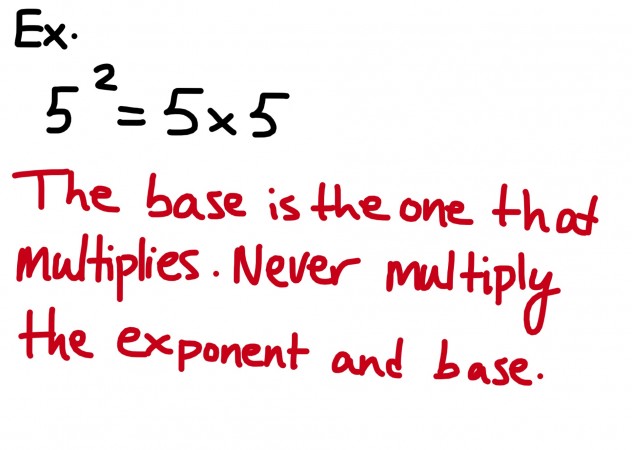

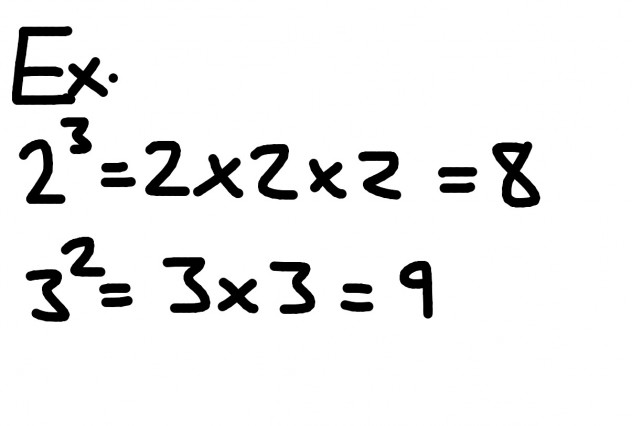

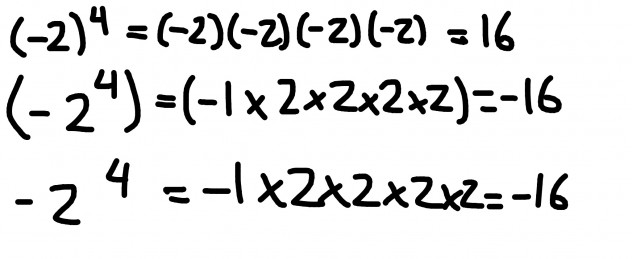



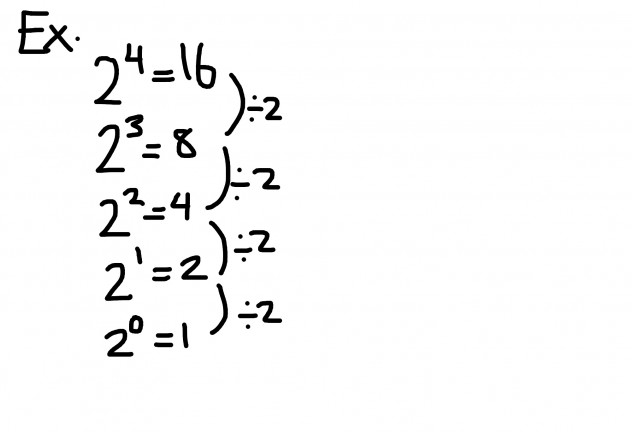
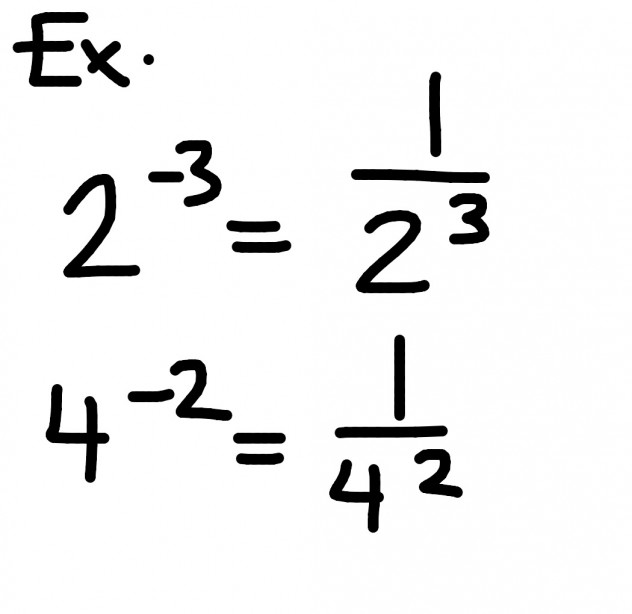
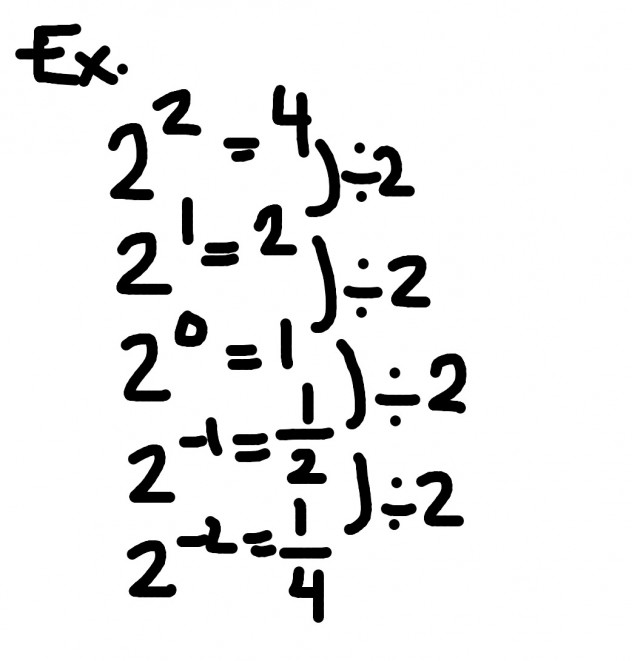
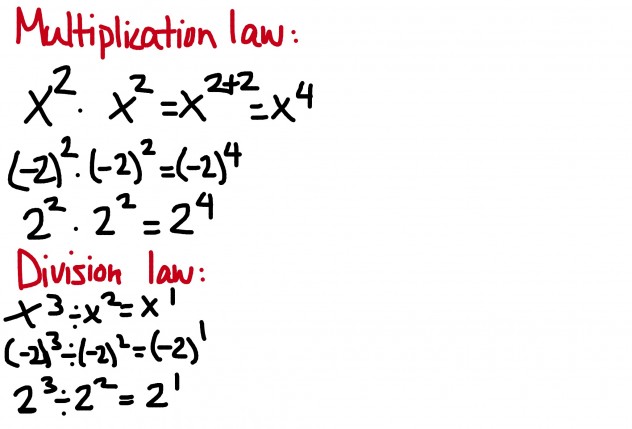





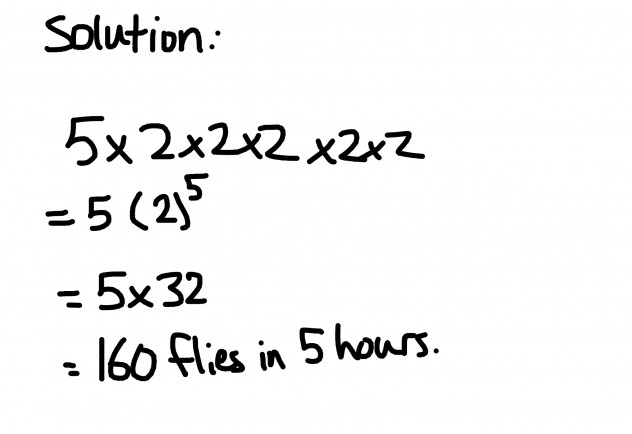

Great job Alhan, I am proud of you and you put so much detail.
great job with the project Alhan!! my only advice would be to use an odd exponent for #5 in the example.
Thanks Alhan, See your Onenote for specific feedback.